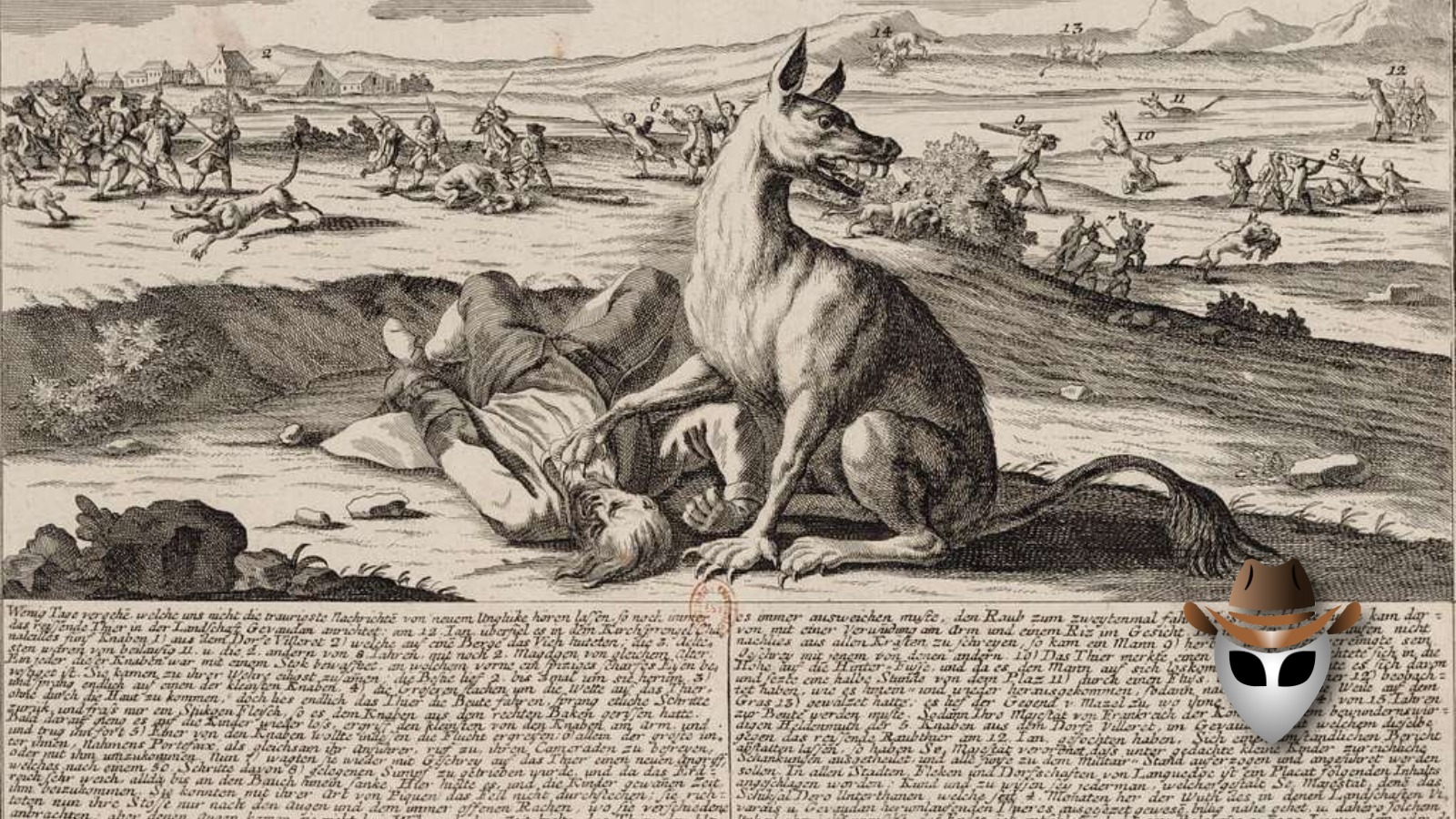The Beast of Gévaudan is one of the most enigmatic and terrifying legends of 18th-century France. Between 1764 and 1767, a series of brutal attacks took place in the former province of Gévaudan, now part of modern-day Lozère, France. The beast was reportedly responsible for the deaths of at least 60 people, though some estimates place the number as high as 100. Eyewitnesses described the creature as a massive, wolf-like animal with a reddish hue, an unusually long tail, and a peculiar, almost supernatural, ferocity. Despite numerous efforts to hunt it down, the true identity of the Beast remains a mystery.
The Case for a Wolf or Pack of Wolves
One of the most commonly accepted explanations is that the Beast of Gévaudan was a wolf or a pack of wolves. This theory is supported by the fact that wolves were prevalent in the region during the 18th century and were known to attack livestock and occasionally humans. The descriptions of the Beast, with its wolf-like features and ability to kill with a single bite to the neck, align closely with what one would expect from a large, aggressive wolf.
Several hunts were organized to capture or kill the Beast, and in September 1765, a large wolf was killed by François Antoine, the king’s Lieutenant of the Hunt. Antoine claimed that this wolf was the Beast, citing its size and the fact that human remains were found in its stomach. The carcass was sent to Versailles as proof that the menace had been dealt with. However, the attacks continued, leading some to speculate that the Beast might have been part of a larger pack, which would explain why the killings persisted even after one wolf was killed.
The Case for a Hybrid Animal
Another theory posits that the Beast was not a pure wolf but rather a hybrid, possibly a cross between a wolf and a dog. This would account for the animal’s unusual size and appearance. Some researchers suggest that the Beast could have been a specially bred hunting dog, trained to kill by a human master, who later lost control of it. This theory gains some traction from the reports that the Beast seemed unusually bold, attacking even when hunters were nearby, which is not typical wolf behavior.
There are also accounts that the Beast had an almost supernatural appearance, with some descriptions mentioning a creature that looked part wolf, part lion, and part bear. Such descriptions could result from fear and exaggeration, but they could also suggest that the animal was indeed a hybrid, possessing traits from multiple species.
The Case for a Human Involvement
Another compelling theory is that the Beast of Gévaudan was not an animal at all but rather a human serial killer or group of killers. This theory arises from the fact that the Beast seemed to have a particular penchant for attacking women and children, which is more consistent with human predatory behavior than with that of a wild animal. Some of the wounds inflicted on the victims also appeared to have been made with a sharp instrument, such as a knife, rather than the teeth and claws of a beast.
Proponents of this theory argue that the Beast may have been a disguise used by a serial killer to evade capture. The idea of a “werewolf” or monstrous creature provided a convenient cover for someone intent on murder. This theory also explains why the Beast seemed able to evade capture so effectively—humans are far better at concealing themselves and escaping than wild animals.
The Case for a Mythological or Supernatural Explanation
Given the strange and terrifying nature of the attacks, it is perhaps not surprising that some have suggested that the Beast of Gévaudan was not an earthly creature at all. In an era where belief in the supernatural was still strong, many people at the time speculated that the Beast was a demon or a werewolf. The creature’s seeming invulnerability to bullets and traps, its ability to disappear without a trace, and its preference for attacking on certain religious holidays fed into these beliefs.
While modern science does not support the existence of supernatural creatures, the mythological aspect of the Beast cannot be entirely dismissed. The terror it inspired was very real, and in some ways, the legend of the Beast took on a life of its own, becoming a symbol of the unknown and the uncontrollable forces of nature.
The Beast of Gévaudan remains a mystery, a blend of history, legend, and speculation. Whether it was a wolf, a hybrid animal, a human killer, or something else entirely, the story of the Beast has left an indelible mark on the cultural memory of France. Each theory has its strengths and weaknesses, and perhaps the truth lies in a combination of these ideas. What is certain is that the Beast of Gévaudan has earned its place as one of history’s most enduring and terrifying mysteries, a reminder of the thin line between myth and reality.
Share Your Thoughts!
Which theory of the Beast of Gévaudan seems the most credible to you? Share your thoughts in the comments below!
